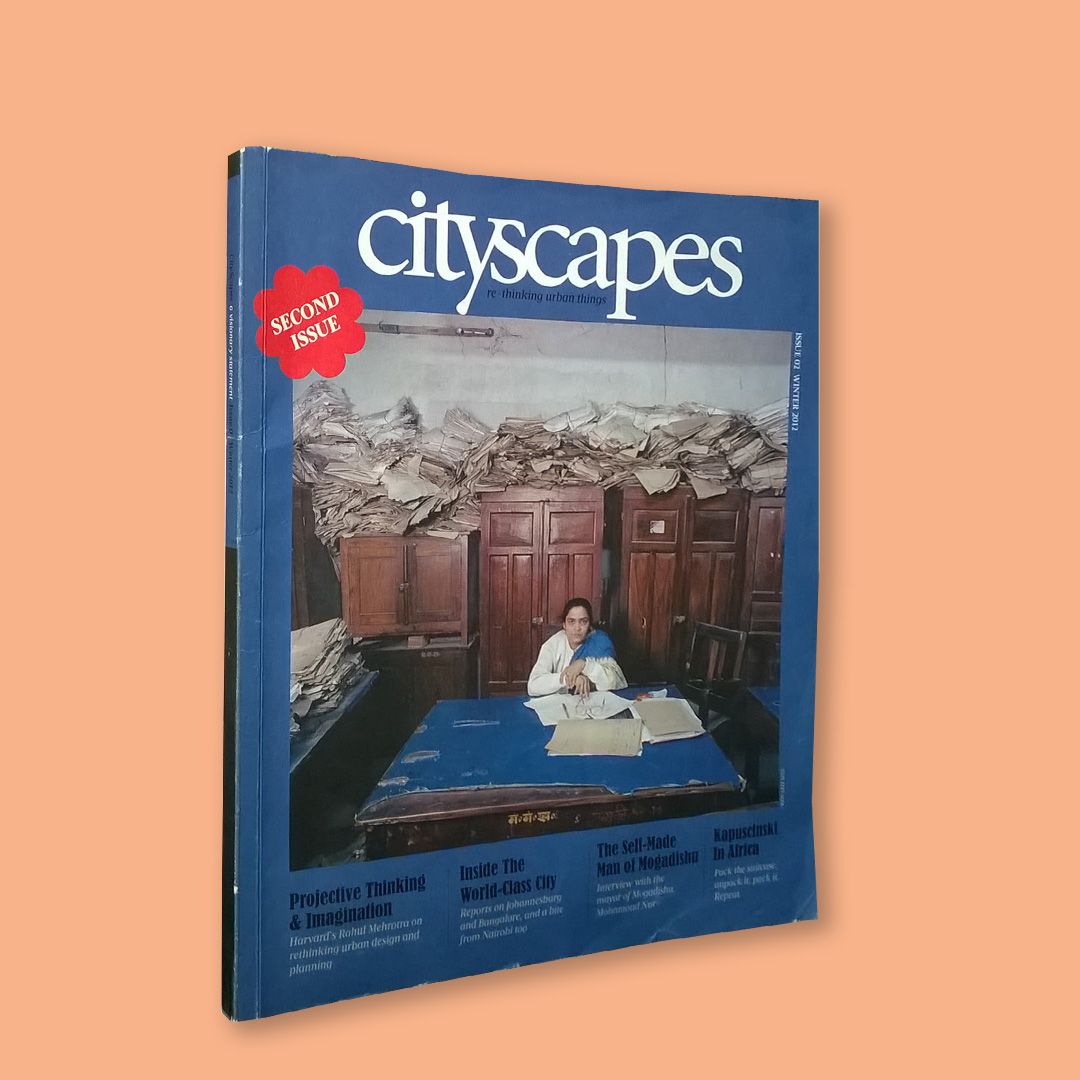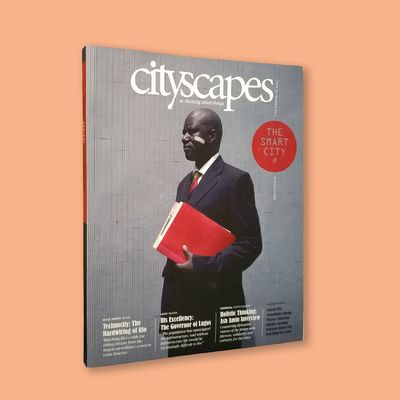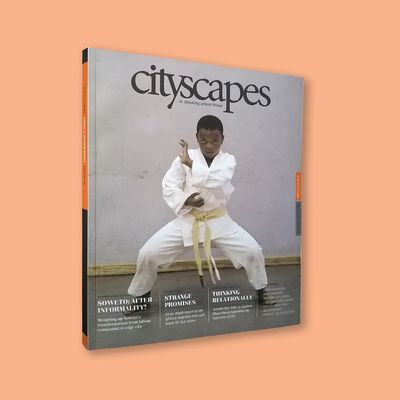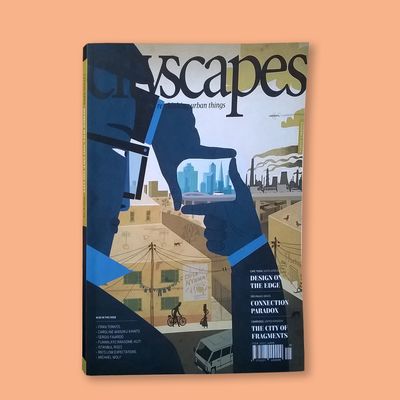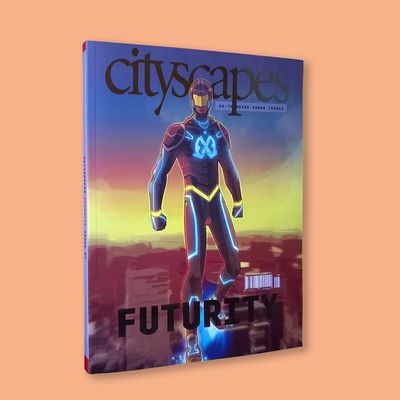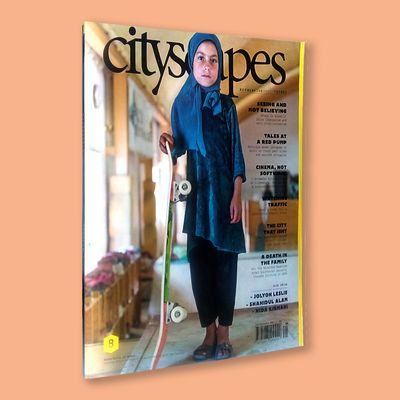What could the curriculum be – if it was designed by the people who dropped out of school so that they could breathe? The latest issue of Chimurenga provides alternatives to prevailing educational pedagogy. Through fiction, essays, interviews, poetry, photography and art, contributors examine and redefine rigid notions of essential knowledge.
Presented in the form of a textbook, Chimurenga 15 simultaneously mimics the structure while gutting it. All entries are regrouped under subjects such as body parts, language, grace, worship and news (from the other side), numbers, parents, police and many more. Through a classification system that is both linear and thematic, the textbook offers multiple entry points into a curriculum that focuses on the un-teachable and values un-learning as much as it’s opposite.
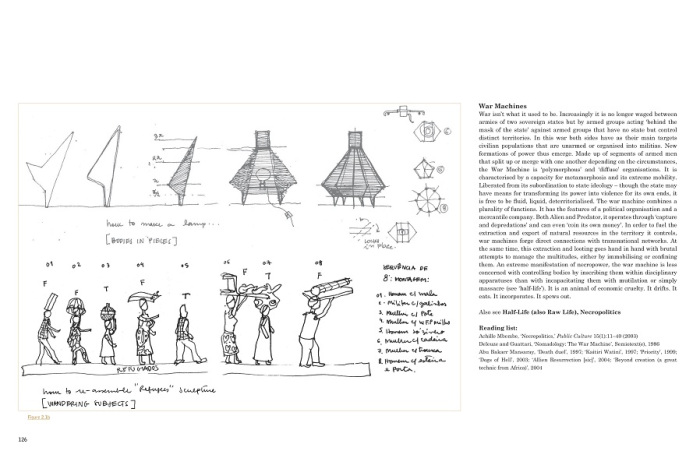
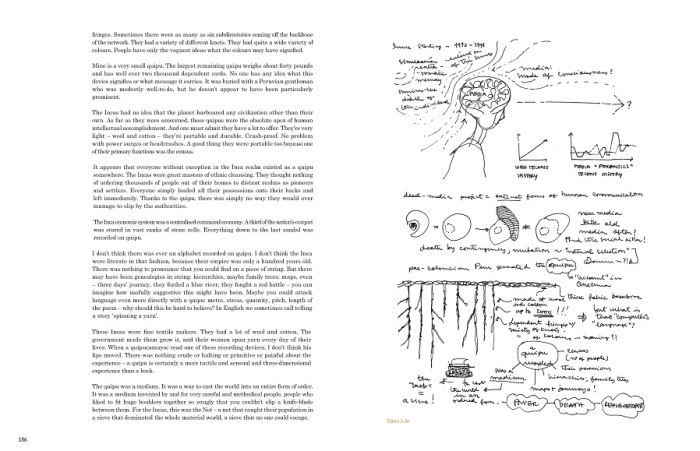
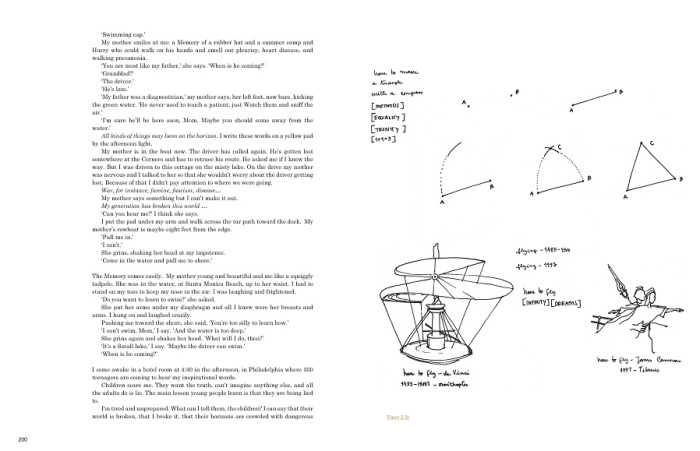
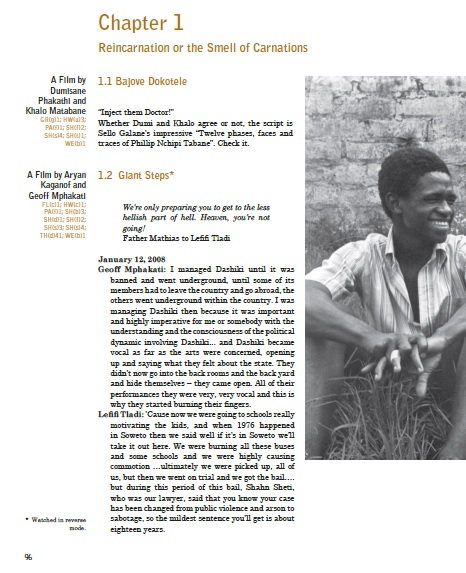
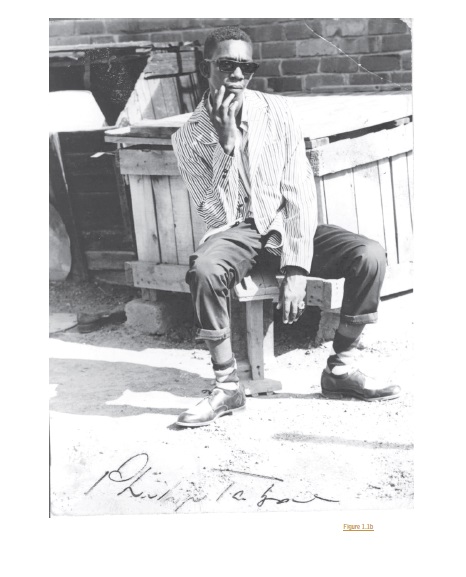


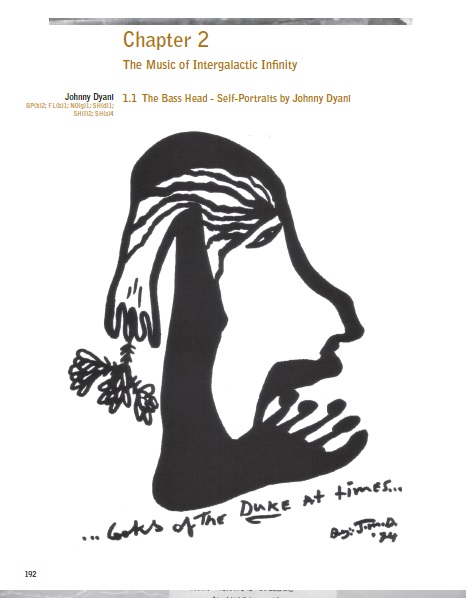
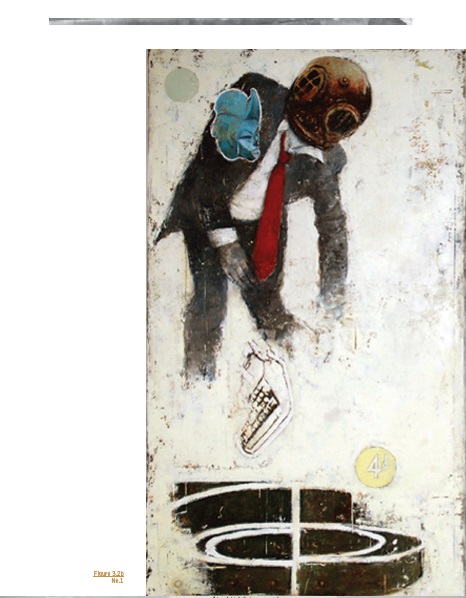
Inside: Amiri Baraka waxes poetic on the theoretics of Be-Bop; Coco Fusco flips the CIA’s teaching manual for female torturers; Karen Press and Steve Coleman instruct in folk-dancing; Dambudzo Marechera proposes a “guide to the earth”; Dominique Malaquais designs the museum we won’t build; through self-portraits Phillip Tabane and Johnny Dyani offer method to the Skanga (black music family); and Winston Mankunku refuses to teach.
Other contributors include Binyavanga Wainaina, Akin Adesokan, Isoje Chou, Sean O’Toole, Pradid Krishen, E.C. Osundu, Salim Washington, Sefi Atta, Ed Pavlic, Neo Muyanga, Henri-Michel Yere, Medu Arts Ensemble, Aryan Kaganof, Khulile Nxumalo and Walter Mosley amongst others. Cover by Johnny “Mbizo” Dyani.
Cityscapes 2: Inside "the World-Class City" (Africa Centre for Cities, Winter 2012)
Cityscapes 2: Inside "the World-Class City" (Africa Centre for Cities, Winter 2012)
Cityscapes is a continuous adventure in trying to decipher the emergent cities of the global south. The magazine understands that with a constant overflow of dynamics and meaning, it is best to operate in the zone of juxtaposition, contrast, typology, irony and creative critique.
The cover of issue two features a portrait of Sushma Prasad, an assistant clerk in the Cabinet Secretariat Department in Patna, capital city of the state of Bihar in eastern India. The work, by Dutch photographer Jan Banning, establishes the tone for the two contrary dynamics explored in this issue: bureaucratic inertia and world-class aspirations.
Featured in this issue is an in-depth look at Johannesburg’s aspirations to be a “world-class city,” by journalist Kim Gurney, as well as Rahul Mehrotra‘s complimentary look at developments in Bangalore, India. Kenyan author Binyavanga Wainaina weighs in on a speculative new city outside Nairobi and much more.
